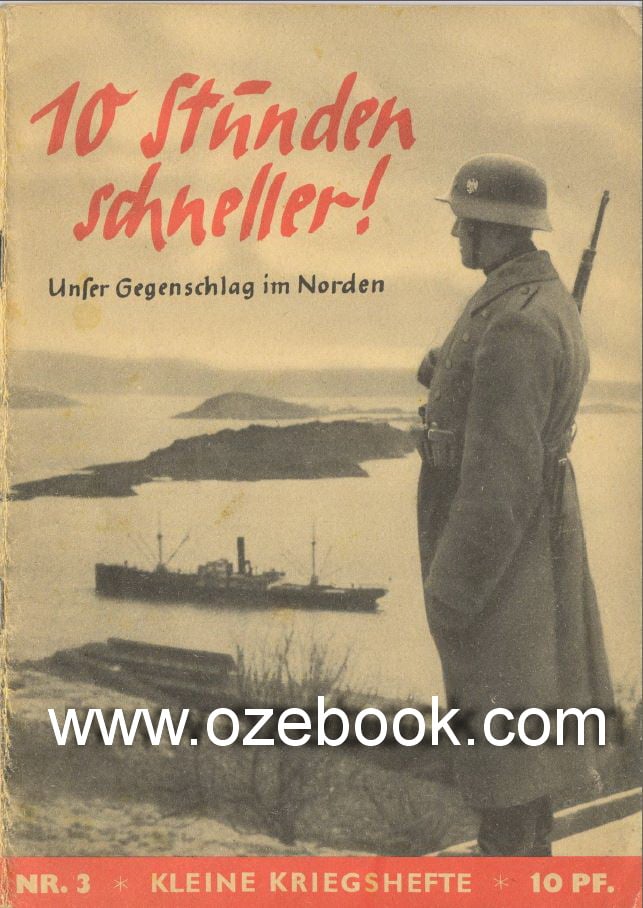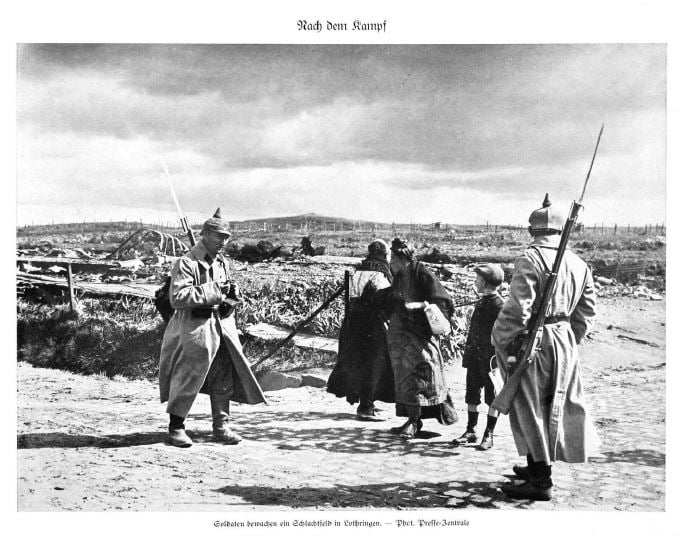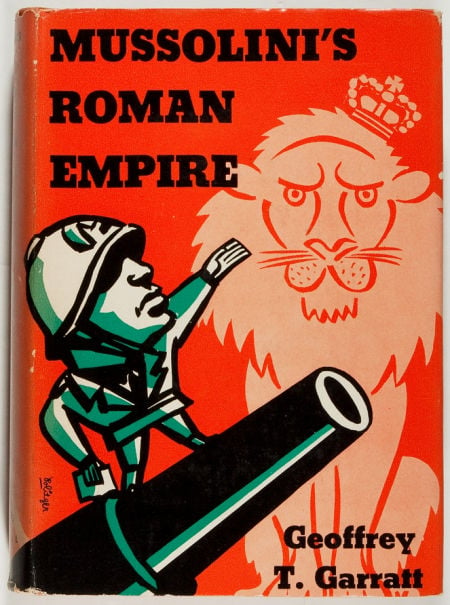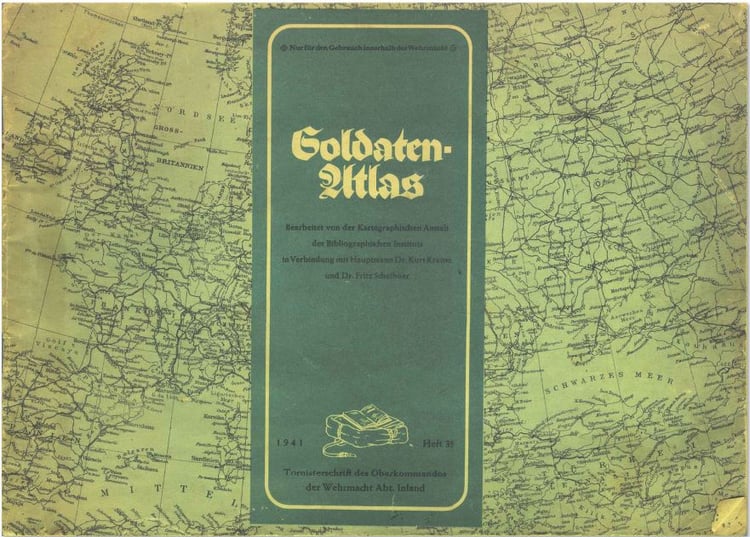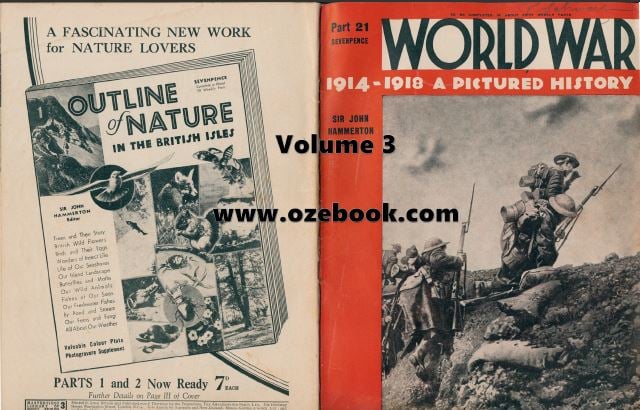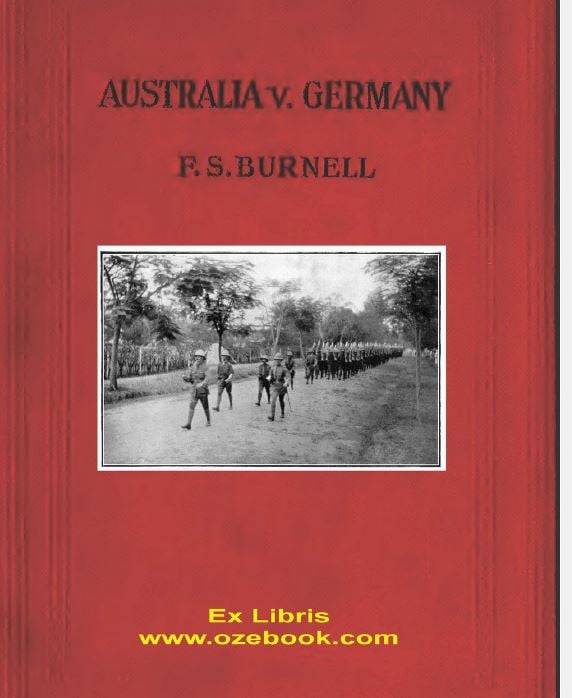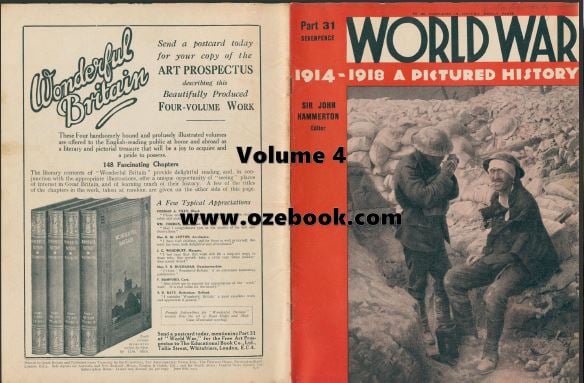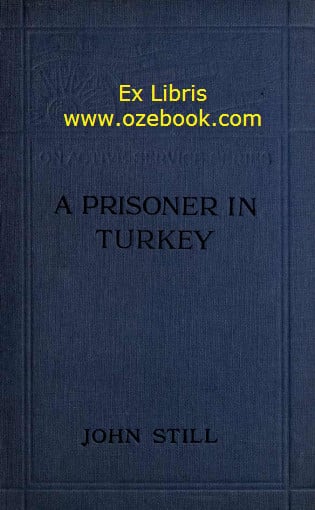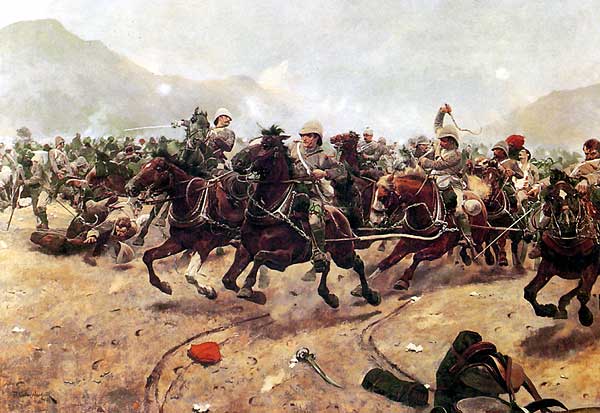
History of the War in Afghanistan by JW Kaye Volume 3 - The Great game Series
History of the War in Afghanistan by JW Kaye Volume 3 1858 Covers the period after the initial occupation of Afghanistan by the British Indian Army. Detailed and fascinating account of this tragic time in Afghan history. Some British troops returned to India, but it soon became clear that Shuja's rule could only be maintained with the presence of British forces. The Afghans resented the British presence and Shah Shuja. As the occupation dragged on, MacNaghten allowed his soldiers to bring in their families to improve morale; this further infuriated the Afghans, as it appeared the British were settling into a permanent occupation. After he unsuccessfully attacked the British and their Afghan protégé, Dost Mohammad surrendered to them and was exiled in India in late 1840. By October 1841, however, disaffected Afghan tribes were flocking to support Dost Mohammad's son, Mohammad Akbar Khan, in Bamian. In November 1841 a senior British officer, Sir Alexander 'Sekundar' Burnes, and his aides were killed by a mob in Kabul. The substantial remaining British forces in their cantonment just outside Kabul did nothing immediately. In the following weeks the British commanders tried to negotiate with Mohammad Akbar. In a secret meeting, MacNaghten offered to make Akbar Afghanistan's vizier in exchange for allowing the British to stay. Rather than betray his countrymen, Akbar ordered MacNaghten thrown in prison. Along the way to prison, an angry mob killed MacNaghten and his dismembered corpse was paraded through Kabul On January 1, 1842 following some unusual thinking by Elphinstone an agreement was reached that provided for the safe exodus of the British garrison and its dependents from Afghanistan. Five days later, the retreat began, The departing British contingent numbered around 14–16,000, of about 4,500 military personnel, and over 10,000 civilian camp followers; the military force consisted mostly of Indian units and one British battalion, the 44th. As they struggled through the snowbound passes, the British were attacked by Ghilzai warriors. The evacuees were harassed down the 30 miles (48 km) of treacherous gorges and passes lying along the Kabul River between Kabul and Gandomak, and massacred at the Gandamak pass before reaching the besieged garrison at Jalalabad. The force had been reduced to fewer than forty men by a retreat from Kabul that had become, towards the end, a running battle through two feet of snow. The ground was frozen, the men had no shelter and had little food for weeks. Only a dozen of the men had working muskets, the officers their pistols and a few unbroken swords. The only Briton known to have escaped was Dr. William Brydon, though a few others were captured. The complete destruction of the garrison prompted brutal retaliation by the British against the Afghans and touched off yet another power struggle for dominance of Afghanistan. Shuja, his British protectors gone, remained in power only a few months before being assassinated in April 1842. In the autumn of 1842, British forces from Kandahar and Peshawar entered Kabul just long enough to rescue the few British prisoners and burn the citadel and Great Bazaar. Although the foreign invasion provided the Afghan tribes with a temporary sense of unity they had previously lacked, the loss of life and property was followed by a bitter resentment of foreign influence which continues to this day.


